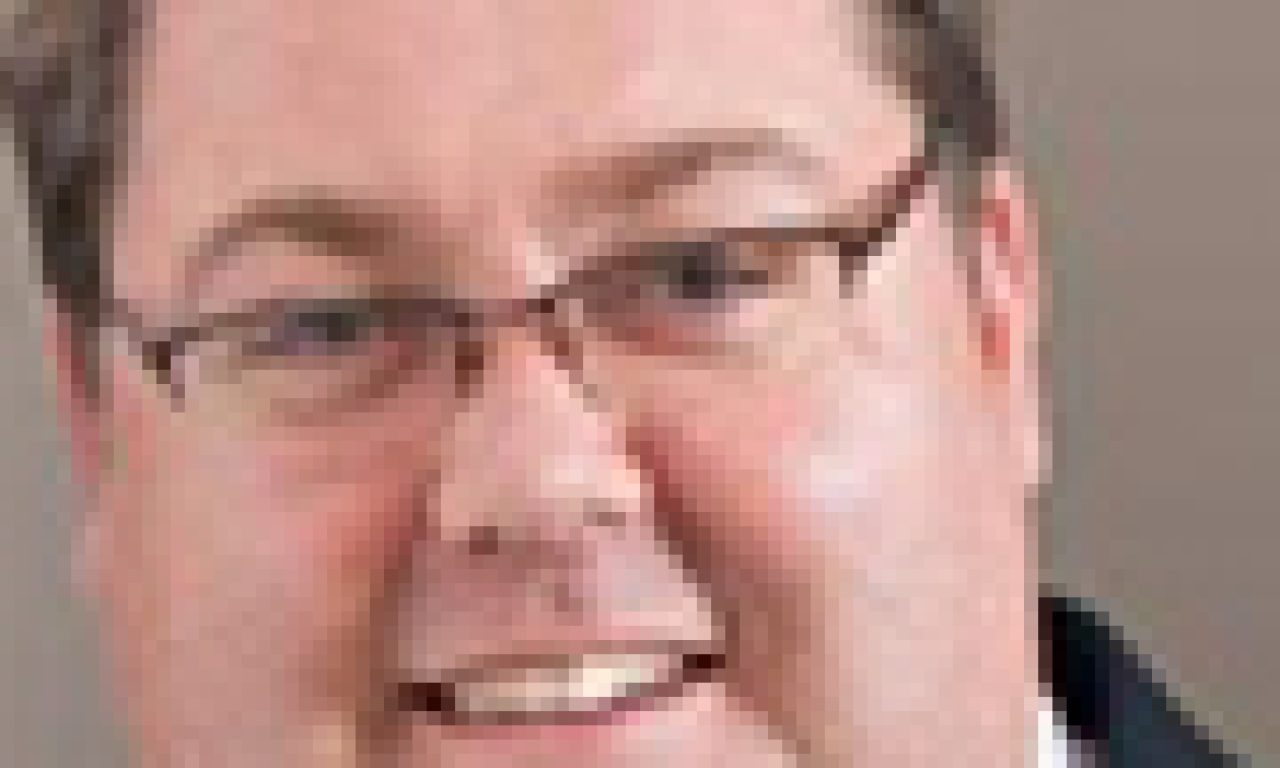Stephen Jackman
The non-uniform self-classification of certain alternative and other assets as ‘defensive’ or ‘growth’ is disadvantaging some super funds in the ratings agencies’ league tables and perhaps confusing members who rely on these tables to assess the riskiness of a fund’s investment allocations, according to a PwC report (view here).
The report, ‘Comparing Super Funds: Apples Vs Apples, or Fruit Salad?’, calls for more work on a standard approach for super funds to work with, following an attempt by the FSC and ASFA in 2010 which led to development of a ‘Standard Risk Measure’, which has not been widely adopted and does not address how the risks can be aggregated.
The PwC report focuses on the processes used by SuperRatings, the largest ratings agency used by big funds, and was prepared after consultation with SuperRatings. It is critical, however, of SuperRatings’ definition of ‘balanced’ as a fund option with between 60 and 76 per cent growth assets, saying this is too broad.
The report’s author, PwC Investment Consulting director Stephen Jackman, says there needs to be industry-wide discussion to move towards a consistent framework to ensure comparisons of super funds are done on a like-for-like basis.
To demonstrate the great variations in reporting by funds, PwC took a sample of 30 funds from SuperRatings and imposed a nominal ‘strict’ definition of defensive being only applicable to cash and investment grade fixed income and growth being all the other investments. This showed weightings to growth assets would change by up to 24 per cent.
With the SuperRatings balanced band of 60-76 per cent growth, PwC says there is a significant skew to the top end of the range, indicating that the growth/defensive split may be influenced by the agency’s survey grouping. The report recommends a narrower band of 65-75 per cent as “more appropriate”.
In response, SuperRatings says that it spent several years through the mid-2000s in the debate around defining growth and defensive. “The whole thing came down to the FSC and ASFA being unable to agree on definitions. Another piece of the discussion was that APRA and ASIC refused to clarify the situation, hence the status quo has remained for the last decade.” SuperRatings also believes that, since funds are presenting their views from a legal perspective it is not the ratings agency’s position to override what is presented in the fund’s legal disclosure document.

